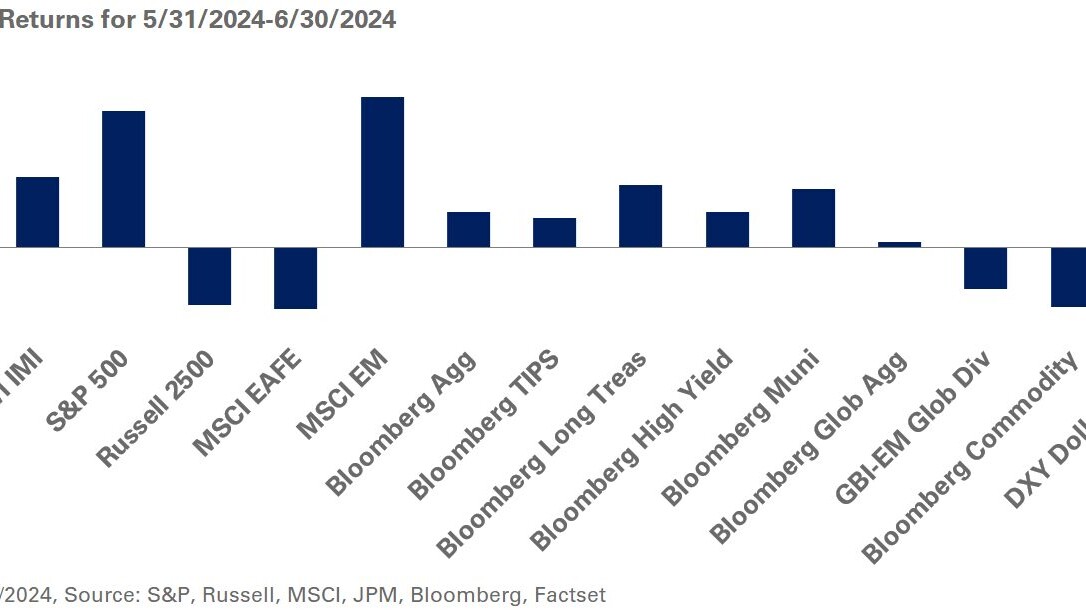NEPC Key Market Themes represent our view of current drivers for the global economy. Over time, themes evolve and interact, influencing asset values and opportunities. A disruption of a theme likely alters market dynamics and our investment outlook.
ECONOMIC CROSSROADS
We believe the U.S. economy is at a crossroads with economic fundamentals exerting greater control over markets, relegating policymakers to the backseat on this wild ride.
The reemergence of growth and inflation as significant influences on market pricing can potentially weaken the sway held by the extraordinary monetary and fiscal interventions that have become a way of life for over a decade. Capital markets are at a crossroads and, depending on the path taken, we could see widespread disruption to valuations, interest rates, asset allocation and risk-taking for long-term investors. As the road ahead remains unclear, we believe the timeless principles of investing—vigilance, rebalancing and diversification—remain the gateway to successful investment outcomes over the long term.
Looking back, central banks and federal governments entered the markets in 2008 with unprecedented infusions of liquidity to piece back the global economy shattered by the financial crisis. In addition to rock-bottom interest rates, the Federal Reserve and its peers expanded their balance sheets to bolster markets during a period of muted growth and disinflation.
These permanent interventions underscored the increasing willingness of central banks and federal governments to step in to boost investor sentiment. This support pushed stocks higher, while overriding the investment impact of growth and inflation on assets. Monetary and fiscal support took center stage in 2020 as the COVID-19 pandemic shuttered economies. As a result of these infusions, economic growth outpaced pre-pandemic levels and U.S. stocks surged in 2021. Unfortunately, so did inflation.
At this point, we believe market forces may finally assume control from policymakers, but the path for this handoff is unclear. For instance, a road characterized by higher levels of growth and modestly higher inflation would lead to an economy robust enough to wean itself off policy support with interest rates normalizing over time. For equities, the resetting of valuations to reflect higher discount rates may be offset by earnings growth; bonds too would feel pain amid rising rates.
The economic road ahead could also signify a return to secular stagnation. Long-term interest-rate expectations suggest the U.S. economy will revert to subdued inflation and growth levels with extended deflationary forces like changes in demographics and technology taking hold. This would likely extend policy support, leaving rates, growth and inflation low. On this road, fundamental pricing would take a backseat to policy and liquidity, favoring assets receiving the most backing.
With elevated inflation and growth levels, a bumpier road ahead is a possibility too in the event of entrenched inflation. Aside from repricing, markets would have to absorb rounds of monetary policy tightening. In addition to higher rates for bonds and lower equity valuations, a weaker dollar could deal a further blow to market stress. In these instances, higher inflation could strain equities, but we still believe they offer reasonable inflation sensitivity over the long term. We recommend investors evaluate their sensitivity to an uptick in inflation and consider the durability of their portfolios in the event of prolonged higher inflation. Investors may look into building exposure to asset classes with characteristics like pricing power, floating-rate cash flows, shorter durations and reasonable starting valuations.
As the U.S. economy approaches this critical crossroads, we remind our clients to remain watchful, diversified and to never underestimate the importance of rebalancing as a successful long-term investment strategy.



